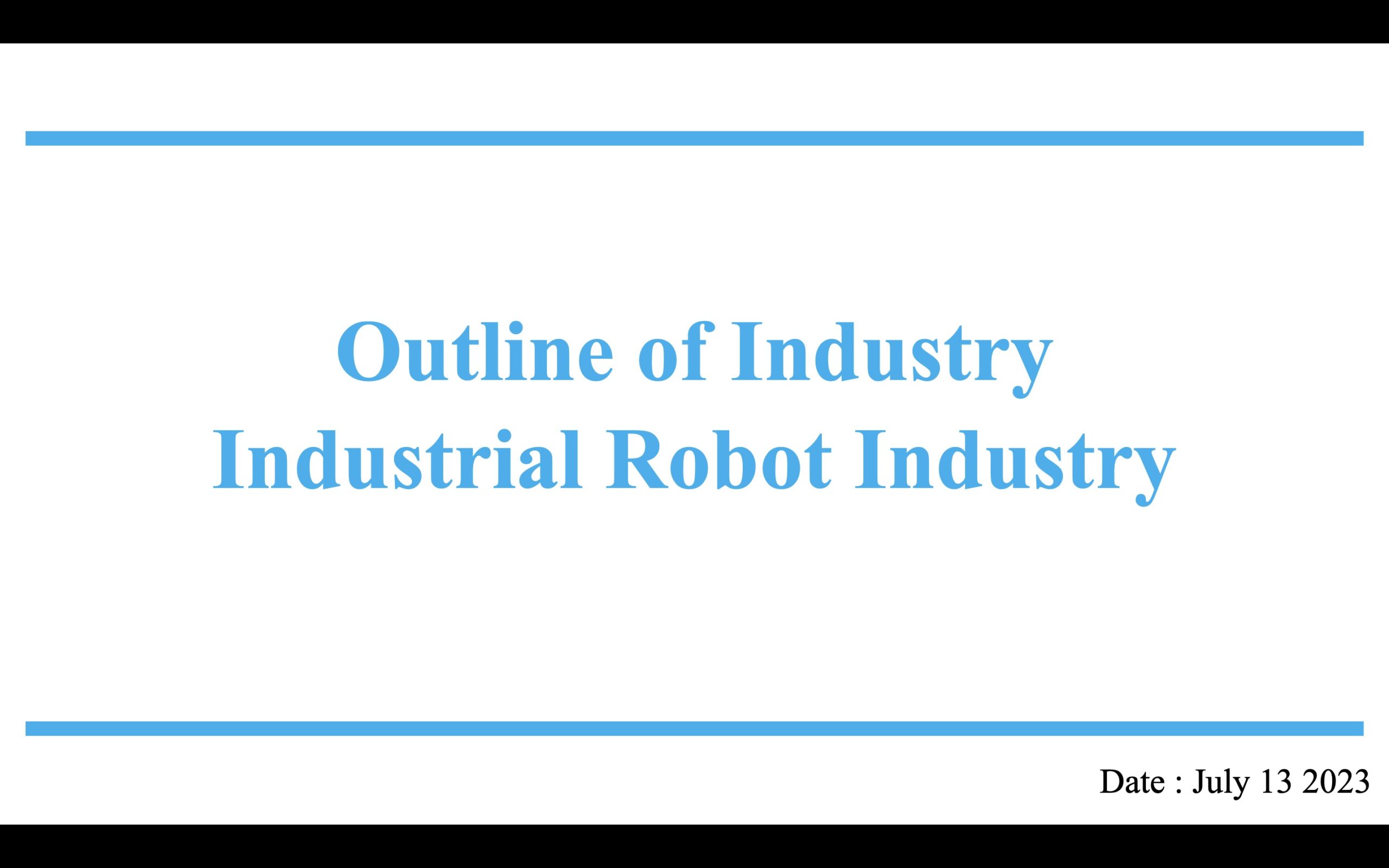The industrial robot industry is one of the fastest growing and most innovative sectors in the global economy. It encompasses the development, production, and use of robots for industrial applications, including manufacturing, assembly, and inspection. Over the past few decades, advances in technology and automation have driven tremendous growth in the industrial robot industry, and have led to the development of increasingly sophisticated and versatile robots.
One of the main drivers of the industrial robot industry is the increasing demand for automation in manufacturing. Automation has become increasingly important in many industries, as companies seek to improve efficiency, reduce costs, and increase productivity. Robots are well-suited for many manufacturing tasks, as they can work 24/7, are precise and consistent, and can be programmed to perform a wide range of tasks. This has led to a growing demand for industrial robots in many different industries, including automotive, electronics, and consumer goods.
Another driver of the industrial robot industry is the growing use of robots for tasks that are dangerous or difficult for humans, such as working in hazardous environments or handling heavy materials. In these situations, robots can perform tasks more safely and efficiently than humans, and can reduce the risk of injury and death.
Advances in technology are also playing a major role in the growth of the industrial robot industry. The development of more sophisticated control systems, sensors, and software has enabled robots to become more intelligent and adaptable, and has enabled them to perform increasingly complex tasks. Additionally, the increasing availability of big data and artificial intelligence has enabled robots to make more informed decisions and learn from experience, making them even more capable and efficient.
Despite these positive trends, the industrial robot industry also faces many challenges. One of the biggest challenges is the issue of cost, as industrial robots can be expensive to purchase and maintain. This can be a barrier for smaller companies, or for companies in developing countries, who may not have the resources to invest in robots. Additionally, the need for specialized training and support can also be a challenge, as companies must have the necessary skills and expertise to effectively use and maintain their robots.
Another challenge facing the industrial robot industry is the issue of job displacement. While robots can increase efficiency and reduce costs, they can also displace human workers, particularly in low-skilled jobs. This can have significant social and economic implications, as displaced workers may struggle to find new employment or may require retraining for new jobs.
Finally, the industrial robot industry is also impacted by regulations and standards, which can vary from country to country. This can create challenges for companies that operate globally, as they must comply with different regulations and standards in different countries.
In conclusion, the industrial robot industry is one of the most dynamic and rapidly growing sectors of the global economy. From the increasing demand for automation in manufacturing, to the growing use of robots for dangerous or difficult tasks, to the impact of advances in technology, the industrial robot industry is facing many challenges and opportunities. However, by addressing the challenges of cost, job displacement, and regulations, the industrial robot industry can continue to grow and play a key role in shaping the future of work and industry.



Comment